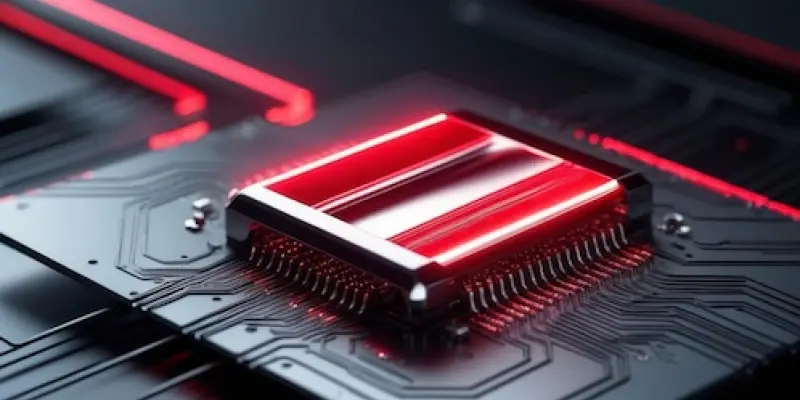In a dramatic turn of events, AMD’s Radeon RX 9070 series GPUs have seen an unexpected surge in retail prices, contradicting AMD’s initial assurance to maintain a consistent MSRP for the RDNA 4 GPU lineup. Concerns arose early on that prices might escalate once the initial stock sold out, prompting AMD to reassure the market that MSRP pricing would be encouraged even beyond the first batch. However, this promise seems to have fallen short as retailers have significantly increased prices across both premium and base models of the RX 9070 series.
Just a week after the launch, reports indicated an abrupt price hike that runs counter to AMD’s goals. According to sources like The Verge, PowerColor’s RX 9070 XT Reaper series witnessed a dramatic increase from $599 to $699. The Sapphire Pulse edition and several other models have followed suit, indicating a substantial deviation from the MSRP. Despite AMD’s effort to keep prices stable, the new pricing levels reveal a different reality, making it clear that board partners have significant flexibility in setting retail prices, often far exceeding the recommended figures.
Market Dynamics and Competitive Landscape
Interestingly, this price inflation is not limited to premium versions alone. Even entry-level models such as the XFX RX 9070 XT Swift have seen a 21% spike, now retailing at approximately $730. This puts it on par with, and sometimes even surpassing, the MSRP of NVIDIA’s RTX 5070 Ti. While the latter offers marginally better performance in rasterization and significantly outperforms in ray tracing benchmarks, such a pricing strategy considerably hampers the competitive edge of AMD’s offerings. Retailers like Micro Center have marked up their RX 9070 lineup by as much as $130, while Overclockers UK reported a minimum increase of $50, further contributing to the growing discontent among consumers.
In addition to the skyrocketing prices, stock shortages have been another stumbling block. Premium versions like the Red Devil and XFX Mercury are now approaching the $800 mark, rendering them almost as expensive as some of the high-end NVIDIA models. Even the more modestly priced ASRock Steel Legend RX 9070 XT, which initially aimed to target budget-conscious gamers, is currently listed at $669. Such figures reflect not just a betrayal of AMD’s pricing strategy but also underscore the broader market dynamics where retailers leverage high demand to justify inflated price tags.
The current scenario casts a shadow over AMD’s initial intentions to stabilize GPU prices. Despite promoting MSRP pricing, the enforcement appears ineffective as market dynamics and the considerable discretion enjoyed by board partners have led to notable price hikes. This situation not only diminishes the RX 9070 series’ appeal but also positions it less favorably against its chief rivals like the RTX 5070 series. As prices continue to climb and availability remains sparse, gamers and tech enthusiasts are left grappling with a rapidly evolving marketplace where MSRP is increasingly seen as a mere guideline rather than a hard and fast rule.
To navigate this challenging landscape, AMD may need to adopt more stringent measures to ensure MSRP adherence or risk losing credibility among its core customer base. Going forward, it will be crucial for the company to work closely with retailers and partners to maintain consistent pricing, ensuring that the benefits of new technology reach a broader audience without being overshadowed by surging costs.

